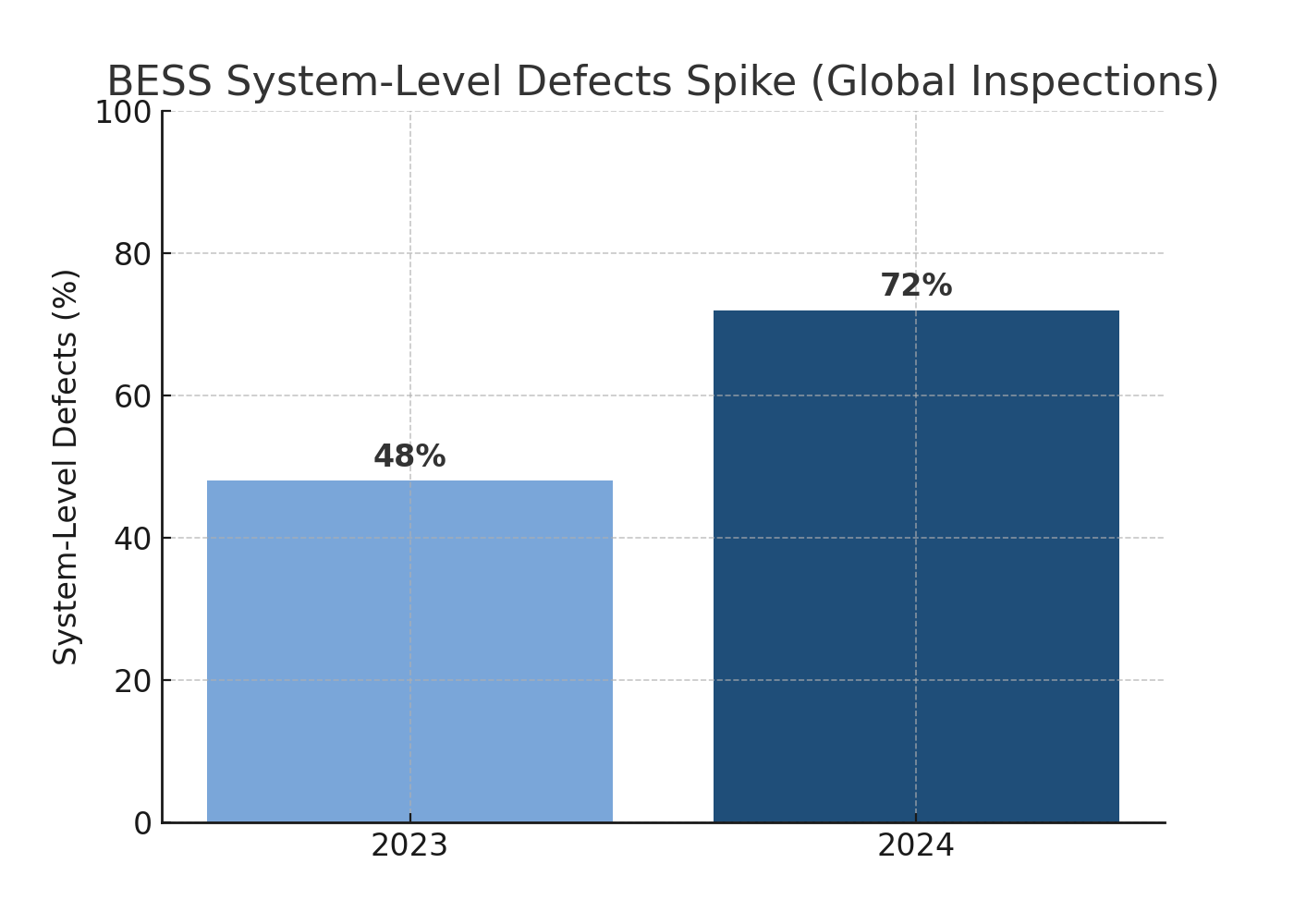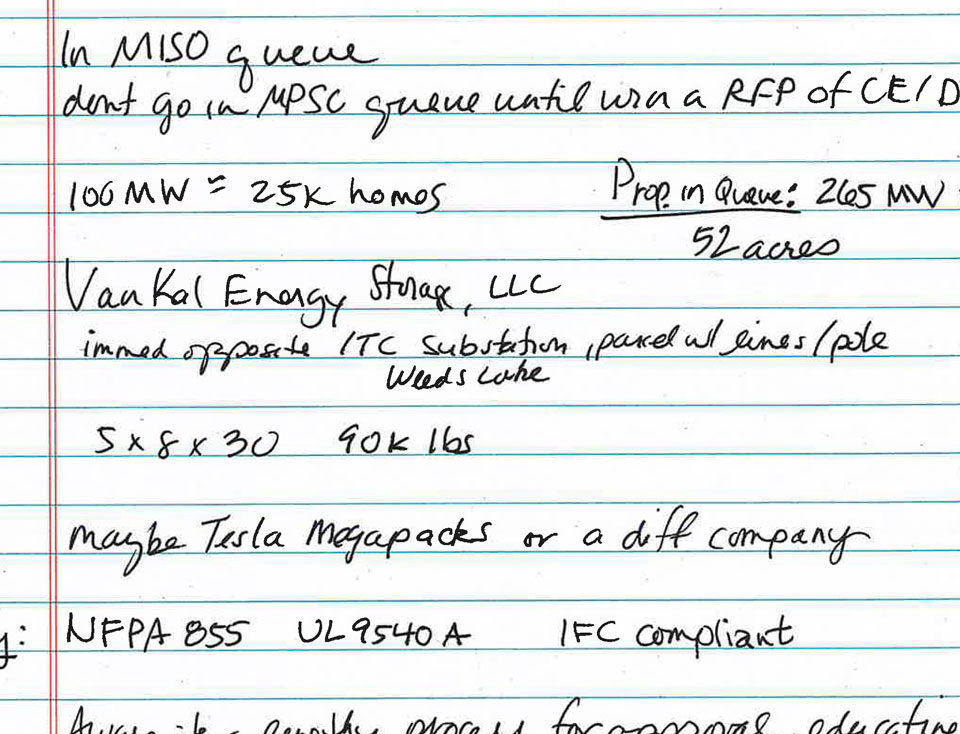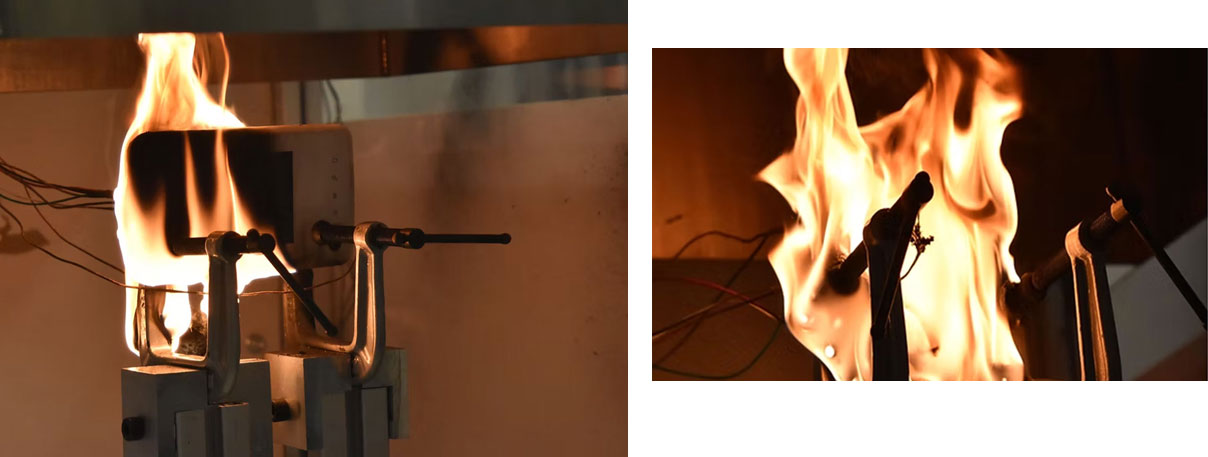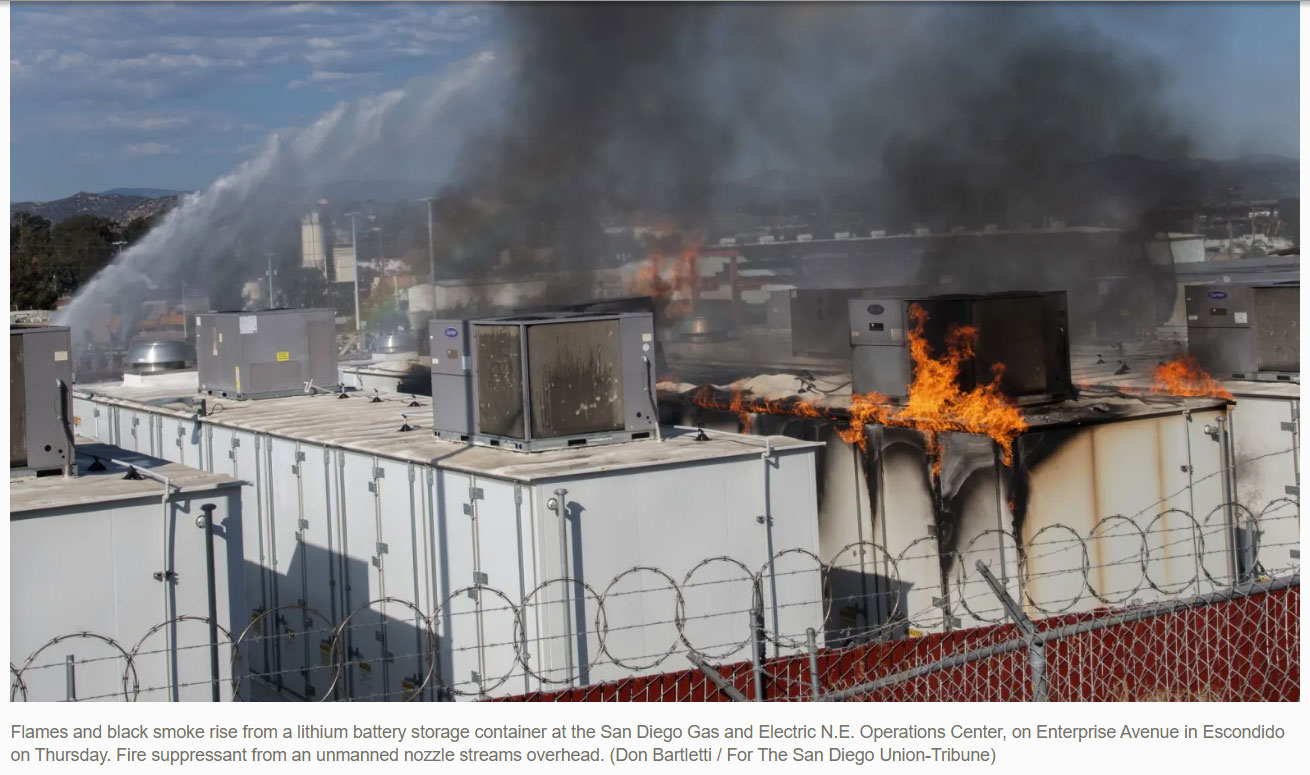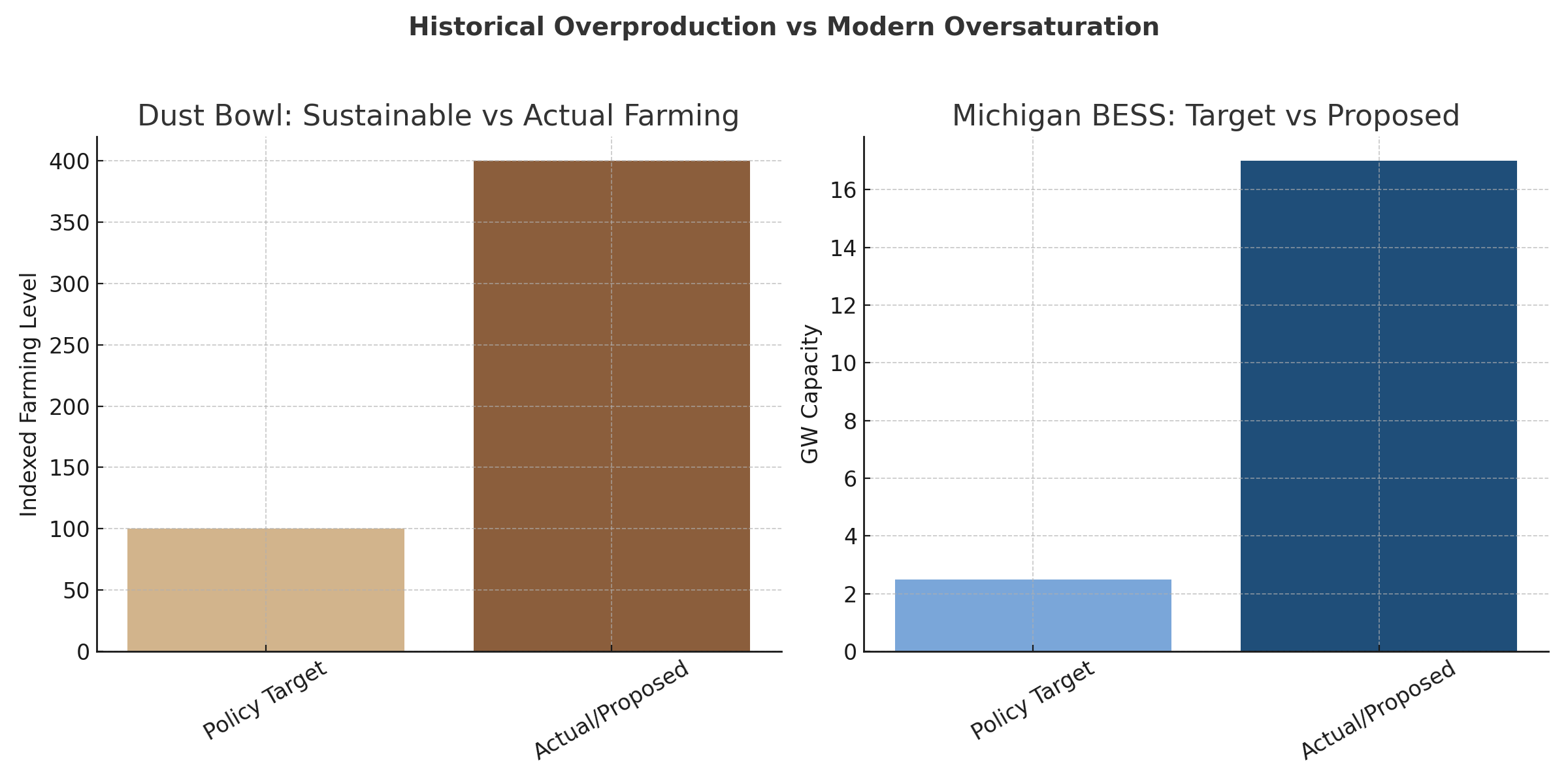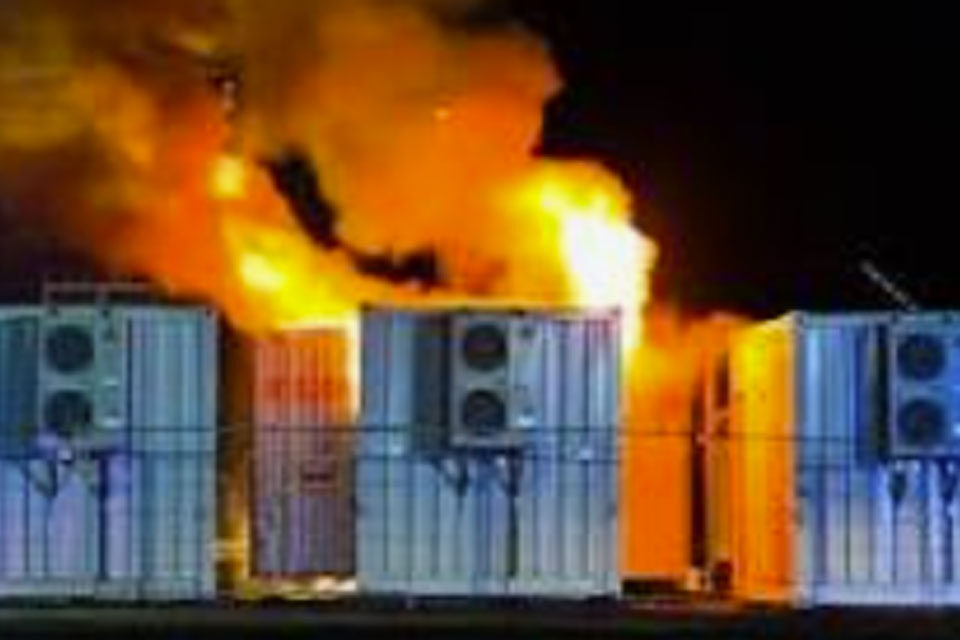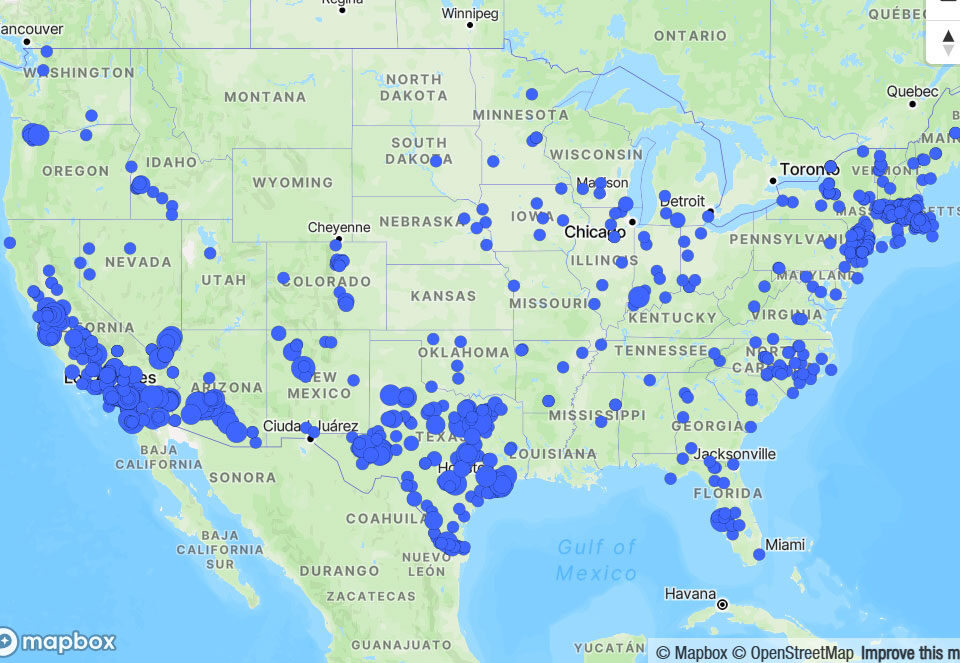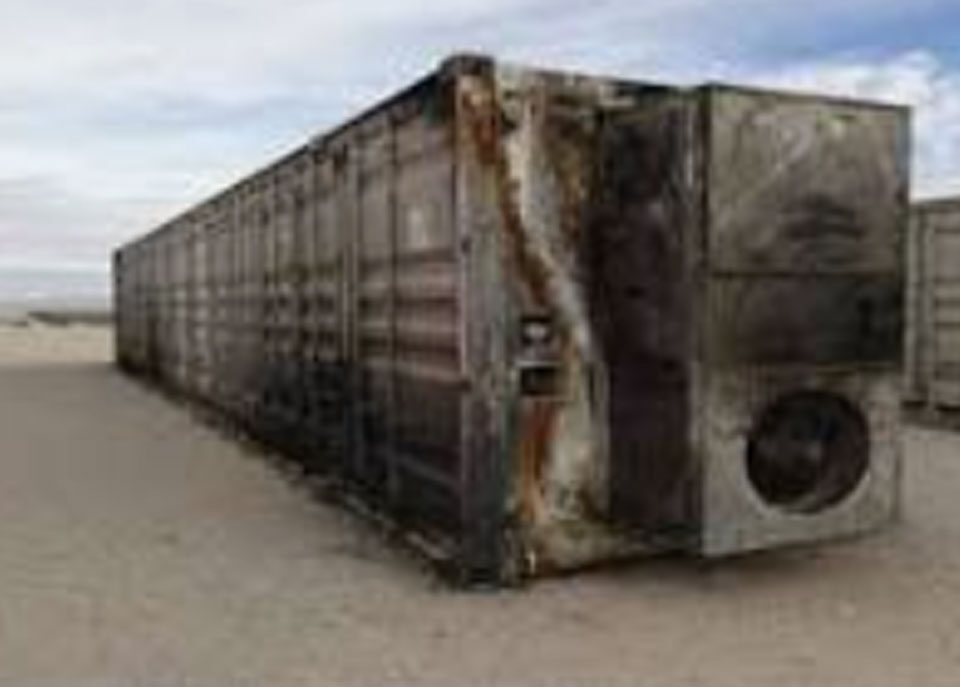Federal Safety Standards vs. Michigan’s Weak Rules
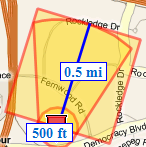
US Hazmat Zone
The Center for Domestic Preparedness (CDP), a component of the U.S. Department of Homeland Security (DHS) and the the U.S. Department of Transportation (DOT) sets strict evacuation guidelines for hazardous materials. For many toxic chemical spills, they requires a minimum evacuation distances of up to 0.5 miles (2,640 feet) because of the danger of airborne plumes and toxic gases.
Now compare that to Michigan’s rules for Battery Energy Storage Systems (BESS). Under Public Act 233 of 2023 and the Michigan Public Service Commission (MPSC)’s minimum siting standards, large lithium-ion battery facilities can be placed just 300 feet from homes.
That’s nearly nine times closer than the evacuation distances required for known chemical hazards.
👉 See the Emergency Response Guide Book for evacuation references →
Why Lithium-Ion BESS Fires Are Different — and Dangerous
Lithium-ion battery fires aren’t like normal fires. They involve a chain reaction called thermal runaway where overheated cells ignite others in a self-sustaining blaze. Once started, these fires:
- Burn for days — firefighting crews often have no choice but to let containers burn out
- Release toxic gases — including hydrogen fluoride, a substance hazardous even in small doses.
- Force large evacuations — the 2024 Escondido, CA fire required residents within 1.5 miles to evacuate or shelter in place.
- Cause long-term contamination — groundwater and soil can remain toxic for years after an incident.
If DOT regulations require half-mile clearance for tanker truck spills, why are families in Michigan only guaranteed 300 feet of protection from BESS — a hazard proven to release toxic plumes lasting days?
Even electric car batteries that catch fire must just “burn out”.
A Dangerous Double Standard
This inconsistency shows a troubling double standard:
- DHS & DOT assumes worst-case scenarios and builds evacuation zones to protect the public based on years of experience and a duty to protect citizens.
- MPSC rules prioritize rapid BESS development to meet federal subsidy deadlines, leaving residents with weaker protections.
When a chemical truck tips on a highway, residents are moved far away. But when acres of truck-sized batteries are built near neighborhoods, residents are expected to trust developers’ reassurances.
The Takeaway for Michigan Communities
Michigan residents deserve equal or greater protection than what federal agencies already demand for chemical hazards. Allowing BESS within 300 feet of homes, schools, and farms is reckless, especially when other safety rules already acknowledge the risks of toxic plumes.
Until these inconsistencies are resolved, approving more BESS near people is a gamble with community health and safety.
What Residents Can Do
- Attend upcoming Township Board and Planning Commission meetings and speak out.
- Remember to vote out politicians that refuse to help protect residents.
- Contact the MSPC and tell them Battery Energy Storage System regulations must protect residents.

